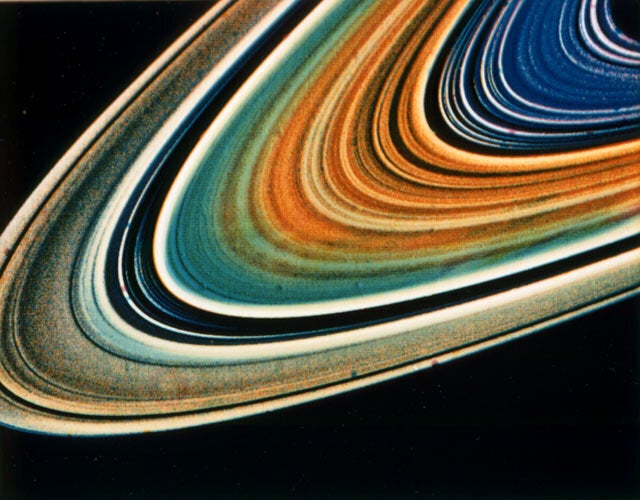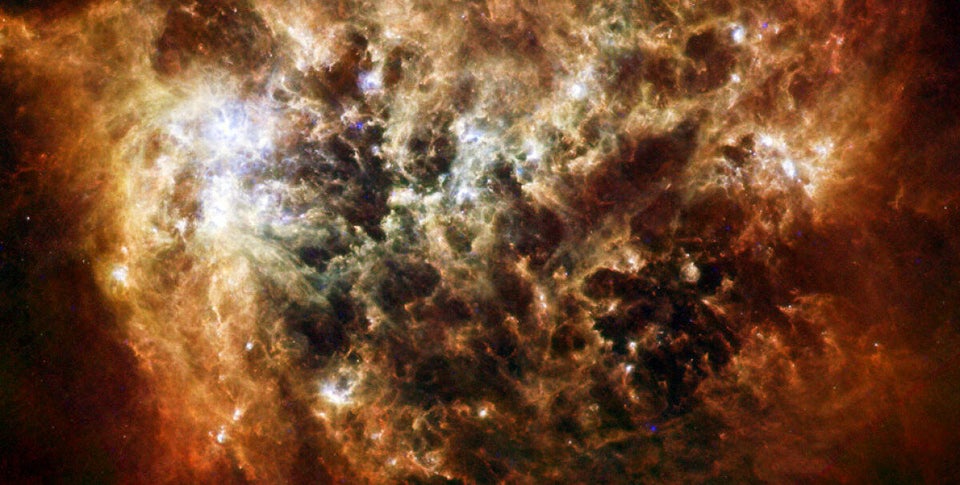UPDATE: Nasa has issue a statement saying that its scientists are not in consensus that the craft has left the Solar System. Read the statement here.
Humanity has left the Solar System.
According to a news release, the Voyager 1 spacecraft appears to have travelled beyond the influence of the Sun.
After 35 years it has become the first manmade object to leave the Solar System and enter inter-stellar space.
The Voyager 1 probe was initially intended just to explore the planets of our solar system - but it never stopped.
"This is a present from a small distant world, a token of our sounds, our science, our images, our music, our thoughts, and our feelings," said President Jimmy Carter at the time of the launch.
The remarkably durable craft has now travelled 11 billion miles, trailed at 9 billion miles by its successor, Voyager 2.
Voyager 1 will now travel alone in space, on a course for the star AC +793888 - which it will never reach.
Within 15 years its plutonium generator will stop producing electricity, at which point its transmitter will die and it will drift alone in space.
Nasa's spacecraft recorded drastic changes in radiation levels on August 25, 2012 according to a study in Geophysical Research Letters, a journal of the American Geophysical Union (AGU).
Those changes hinted that the craft had crossed the so-called "heliocliff" where the Sun's wind of energetic particles ceased to be felt.
That the sudden change reflected the true boundary between our solar system and the wider universe has now been accepted by the AGU.
Scientists will still debate whether the craft has truly left the Solar System or not as a technical definition - but what is clear is that the craft is now in an unknown region of space, where we have never been before.
"Anomalous cosmic rays, which are cosmic rays trapped in the outer heliosphere, all but vanished, dropping to less than 1 percent of previous amounts. At the same time, galactic cosmic rays – cosmic radiation from outside of the solar system – spiked to levels not seen since Voyager's launch, with intensities as much as twice previous levels."
"Within just a few days, the heliospheric intensity of trapped radiation decreased, and the cosmic ray intensity went up as you would expect if it exited the heliosphere," said Bill Webber, professor emeritus of astronomy at New Mexico State University in Las Cruces.
"It's outside the normal heliosphere, I would say that," Webber said. "We're in a new region. And everything we're measuring is different and exciting."
Above: Carl Sagan, a scientist who worked on the Voyager 1 probe, describes the final picture of Earth taken by the craft - the Pale Blue Dot

